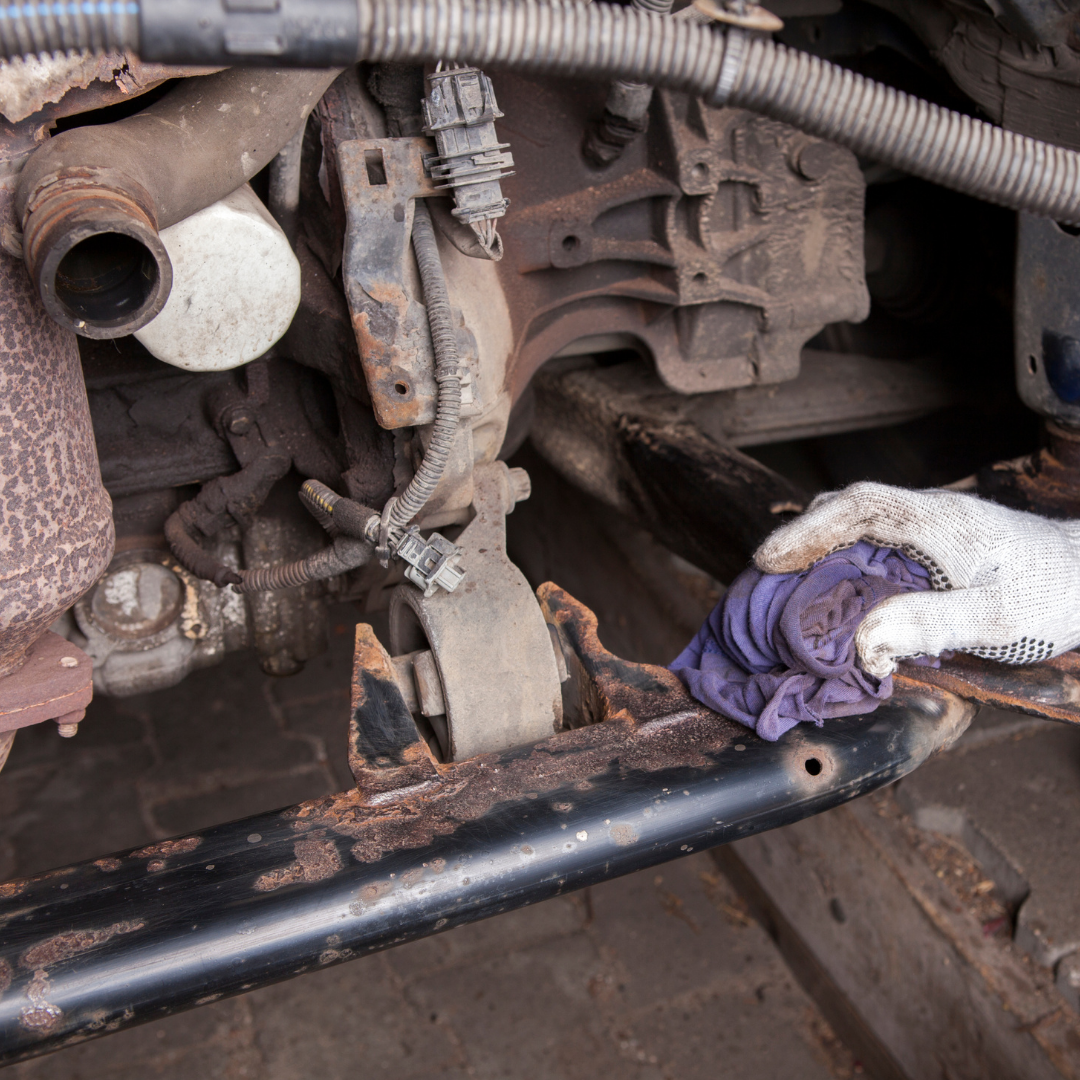Lanolin is known to be a versatile product for the skin and hair as its deep
But did you know that lanolin has been widely used over the centuries as wool wax has valuable qualities used for a variety of technical applications and industrial processes?
It is a very important component of industrial applications as it is very powerful in waterproofing metals. In the Middle Ages, knights’ tools and armours were being coated and applied with thin wax layers of lanolin which helped with rust prevention.
Adding lanolin to metal surfaces using raw lanolin or even the lanolin oil for better and easier application can help strongly corroded seawater tanks, ships etc, be rust-protected, forming a thick and durable anti-corrosive layer.
Apply lanolin to any rusted surfaces, whether they are movable parts, manufacturing equipment, power tools, gutters, garden tools, car chassis, or hinges.
For Lubricant Applications:
Lanolin is also a valuable ingredient and product in lubricating and conserving materials
Lanolin being a natural skin
It will enhance the softness and grip of the leather and improve its water-resistance. Leather treatment using lanolin should be done regularly, so applying lanolin to any leather item that needs softening, protection and conditioning is a great way to extend the life of your leather.

